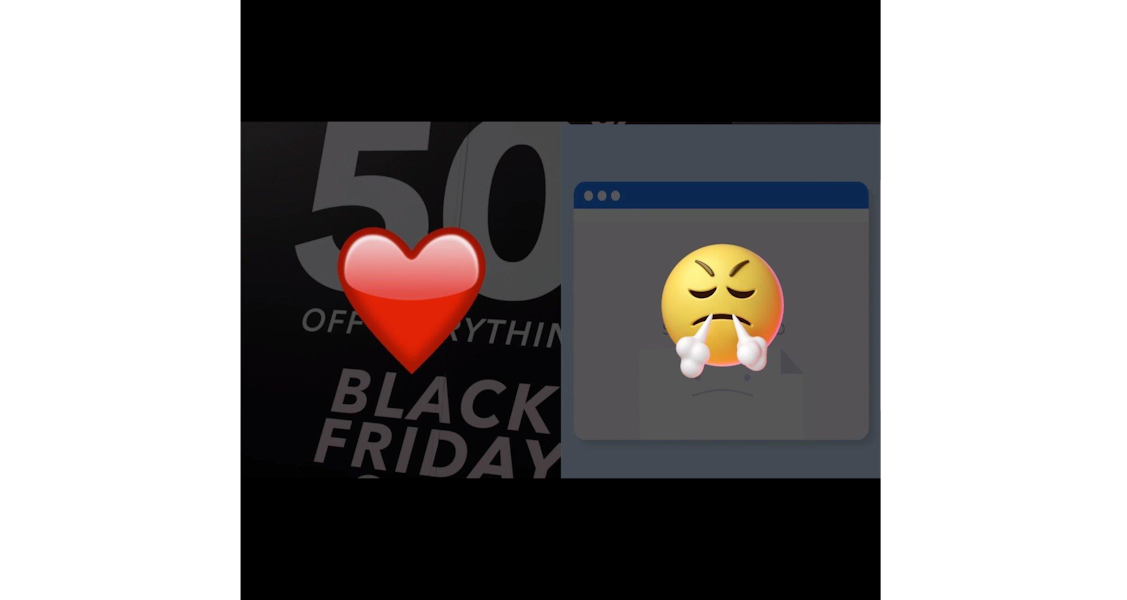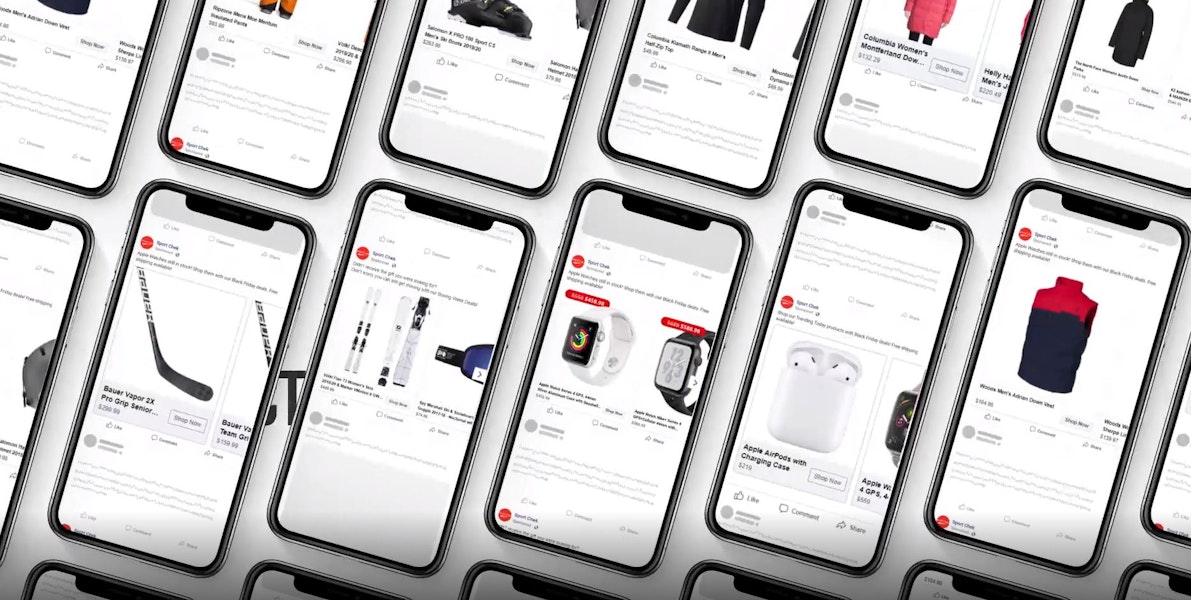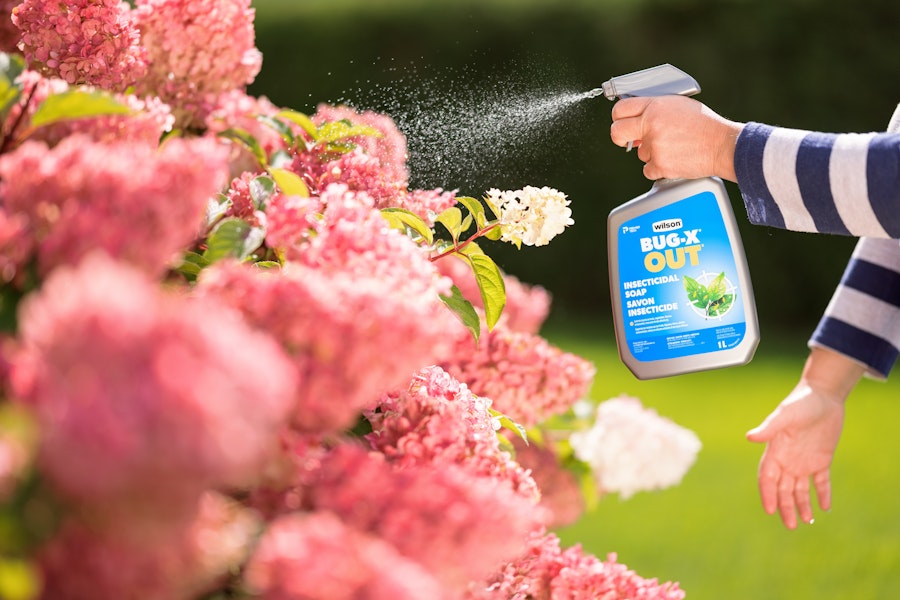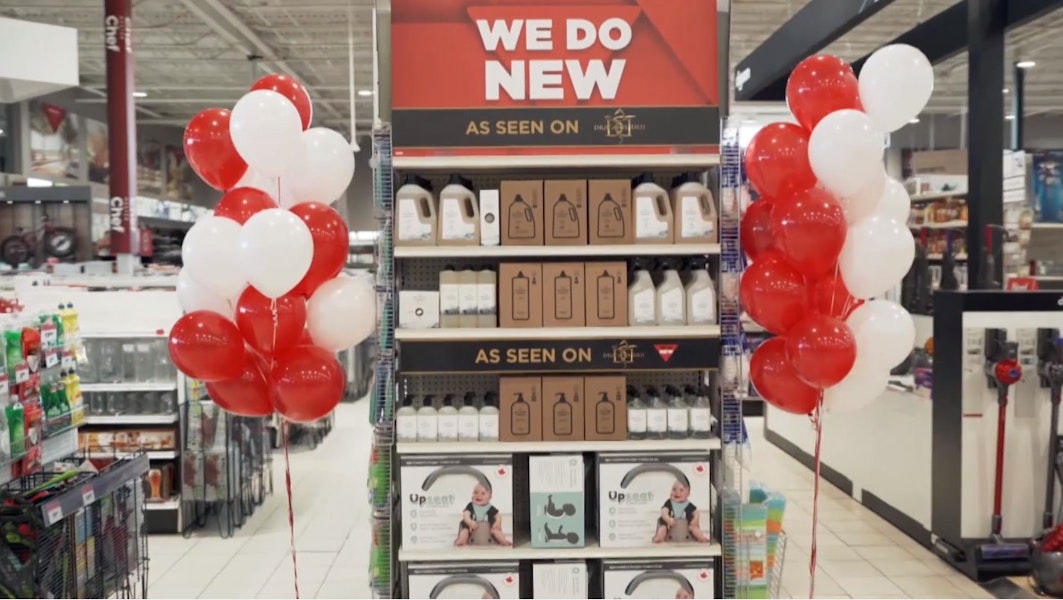Bugs out!

Wilson, Canada’s top insect repellent brand, leads sales with 28% of market shares. However, it’s main competitor, Ortho, isn’t far behind with 27%. Wilson needed to outsmart competition with an innovative approach that would disrupt the category, as well as maintain annual sales, given the uncertainty of another pandemic year.

A business success
Consumer Insight
Nothing is as stressful nor as traumatizing as discovering a family of big, dark, hairy insects right in the middle of your living room. Everyone gets itchy as soon as they hear or talk about cockroaches, bed bugs, or centipedes. You’re surely scratching your arm while reading this…
When an insect invasion occurs, consumers panic and default to searching online for quick solutions.
They are spurred to action within the next 48 hours despite not knowing which product to buy.
They will usually Google “big dark, hairy, insect with 6 legs” or “crawling, long centipedes” hoping to identify the intruder and learn how to get rid of it. Unfortunately, this can be difficult as there are more than 55 000 species of insects in Canada and more than 150 different products to choose from.
The hundreds of different products are even more confusing for the consumer as they lack differentiation from one brand to another. Every pest control product has a similar packaging as this blurs the consumer’s decision-making in a moment where they are over-stressed.
Worst of all, insect invasions are unpredictable events! People can't anticipate when tiny invaders will enter their beloved home, and their anxiety levels go to the roof when it happens.
Knowing that, Wilson saw an opportunity to be top of mine in consumers’ heads BEFORE they even knew they needed the product. With this mentality, Wilson became Canadians’ insect invasion savior by building a solution to help Canadians predict the unpredictable.
Step 1:
We gathered Wilson’s experts’ data to understand which insect activity might become predominant based on temperature, humidity, geography, and seasonality.
Step 2:
We created a never-before-used targeting system based on search behavior and zip code activity levels: reverse postcode location targeting. Programmatic ads suggested specific Wilson products to prepare for possible infestations.
Step 3:
We capitalized on building a strong partnership with The Weather Network, Canada’s leader in location-based data. We collectively developed a prospecting tactic, connected to multiple data points to deliver a customized programmatic ad, based on the level of infestation risk depending on the weather triggers identified previously.
A succesful campaign
Want to see how creativity can help you?
Redefining
creativity

























